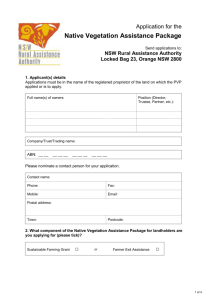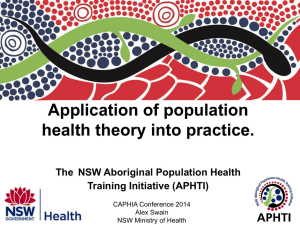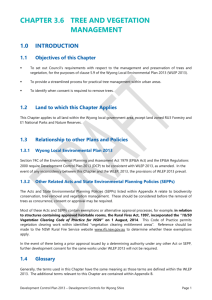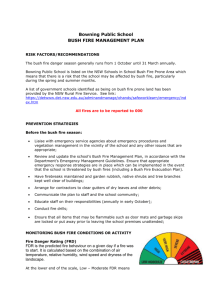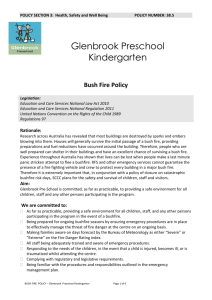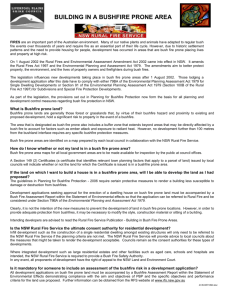Attn: Commissioner Shane Fitzsimmons NSW Rural Fire Service 15
advertisement
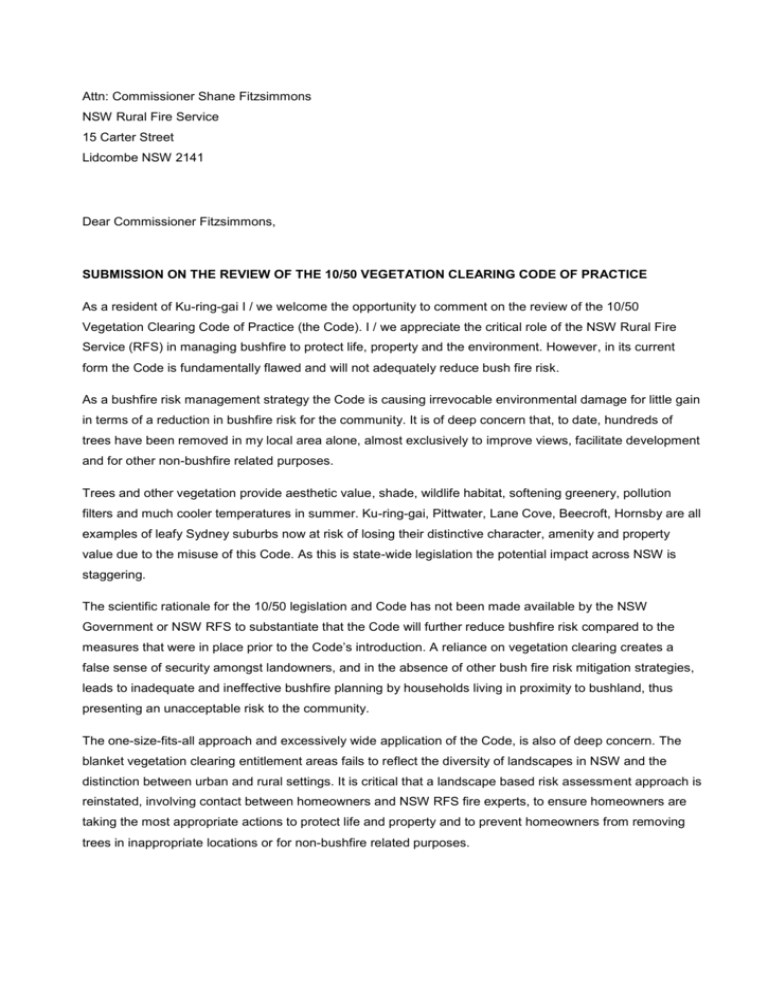
Attn: Commissioner Shane Fitzsimmons NSW Rural Fire Service 15 Carter Street Lidcombe NSW 2141 Dear Commissioner Fitzsimmons, SUBMISSION ON THE REVIEW OF THE 10/50 VEGETATION CLEARING CODE OF PRACTICE As a resident of Ku-ring-gai I / we welcome the opportunity to comment on the review of the 10/50 Vegetation Clearing Code of Practice (the Code). I / we appreciate the critical role of the NSW Rural Fire Service (RFS) in managing bushfire to protect life, property and the environment. However, in its current form the Code is fundamentally flawed and will not adequately reduce bush fire risk. As a bushfire risk management strategy the Code is causing irrevocable environmental damage for little gain in terms of a reduction in bushfire risk for the community. It is of deep concern that, to date, hundreds of trees have been removed in my local area alone, almost exclusively to improve views, facilitate development and for other non-bushfire related purposes. Trees and other vegetation provide aesthetic value, shade, wildlife habitat, softening greenery, pollution filters and much cooler temperatures in summer. Ku-ring-gai, Pittwater, Lane Cove, Beecroft, Hornsby are all examples of leafy Sydney suburbs now at risk of losing their distinctive character, amenity and property value due to the misuse of this Code. As this is state-wide legislation the potential impact across NSW is staggering. The scientific rationale for the 10/50 legislation and Code has not been made available by the NSW Government or NSW RFS to substantiate that the Code will further reduce bushfire risk compared to the measures that were in place prior to the Code’s introduction. A reliance on vegetation clearing creates a false sense of security amongst landowners, and in the absence of other bush fire risk mitigation strategies, leads to inadequate and ineffective bushfire planning by households living in proximity to bushland, thus presenting an unacceptable risk to the community. The one-size-fits-all approach and excessively wide application of the Code, is also of deep concern. The blanket vegetation clearing entitlement areas fails to reflect the diversity of landscapes in NSW and the distinction between urban and rural settings. It is critical that a landscape based risk assessment approach is reinstated, involving contact between homeowners and NSW RFS fire experts, to ensure homeowners are taking the most appropriate actions to protect life and property and to prevent homeowners from removing trees in inappropriate locations or for non-bushfire related purposes. Also of particular concern is that the Code does not make adequate provision for the protection of threatened species and endangered ecological communities (such as Blue Gum High Forest, Sydney Turpentine Ironbark and Duffy’s Forest), Heritage Conservation Areas, Environmental Protection Zones and riparian zones. With no regulatory framework, the Code effectively undermines and causes confusion with regards to other federal and state legislation, for example, the Environmental Protection and Biodiversity Conservation Act 1999, the NSW Environment and Planning Assessment Act 1979, the NSW Rural Fires Act 1997 and the NSW Threatened Species Conservation Act 1995. Laws that protect threatened species and endangered ecological communities, and legal instruments that recognise vegetation for its ecological or cultural significance should not be overridden by the Code, particularly where there is no evidence it will improve bush fire protection. It is also very alarming that there has been no monitoring by the NSW RFS of compliance with the Code. Whilst it is welcome news that a review has been brought forward from August next year, so many trees have already been cut down and countless more will be lost before the review is complete. It is imperative that an immediate and full suspension of the Code is put in place whilst a full consultative review is undertaken and the range of concerns outlined in this submission are addressed. Thank you for considering my/our submission. Yours sincerely,
